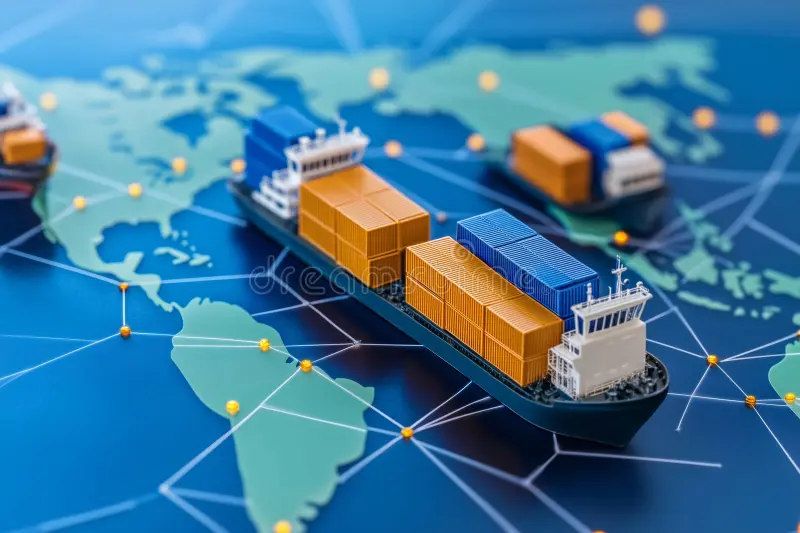Autonomous Freight Shipping: Transforming Global Trade

Autonomous freight shipping is poised to revolutionize global trade by introducing advanced automation and AI-driven solutions to logistics and transportation. By minimizing human intervention, these systems promise enhanced efficiency, reduced costs, and improved safety in the maritime, rail, and road freight sectors.
Maritime shipping, which handles over 80% of global trade by volume, stands to gain immensely from automation. Autonomous ships, equipped with advanced navigation systems and sensors, can operate with minimal human oversight. These ships use AI to optimize routes, adjust for weather conditions, and ensure fuel efficiency, resulting in significant cost savings and reduced environmental impact. Unmanned vessels also lower labor costs and mitigate risks associated with human errors.
In rail freight, autonomous trains offer similar advantages. AI-powered control systems enable trains to operate at optimal speeds and schedules, reducing delays and energy consumption. Autonomous trains can also improve safety by detecting obstacles or anomalies on the tracks in real-time. Countries like Australia and China have already begun deploying automated rail systems to streamline cargo transport.
The road freight sector is witnessing rapid advancements in autonomous truck technology. Self-driving trucks, equipped with LIDAR, radar, and AI algorithms, can operate continuously without breaks, drastically reducing delivery times. These vehicles are designed to navigate complex traffic scenarios and adapt to changing road conditions, ensuring reliable and timely freight delivery. Additionally, autonomous trucks have the potential to reduce accidents caused by driver fatigue or distraction, enhancing road safety.
A key advantage of autonomous freight shipping is its ability to optimize supply chains. Real-time tracking and data analytics allow logistics companies to monitor shipments more accurately and make informed decisions. Automation also reduces bottlenecks at ports, warehouses, and distribution centers, enabling smoother operations and faster delivery times.
However, the adoption of autonomous freight systems is not without challenges. Regulatory frameworks need to evolve to accommodate these technologies, ensuring safety and accountability. The potential displacement of human workers, particularly in roles like truck driving and ship operation, raises concerns about job losses and the need for reskilling.
Cybersecurity is another critical issue, as the increasing reliance on interconnected systems makes autonomous freight vulnerable to hacking and data breaches. Robust security measures are essential to protect sensitive information and prevent disruptions in operations.
The environmental impact of autonomous freight shipping is a mixed bag. While automation can improve fuel efficiency and reduce emissions, the increased energy demands of AI and data processing systems may offset some of these benefits. Transitioning to renewable energy sources for powering autonomous systems can help mitigate this issue.
Autonomous freight shipping represents a transformative leap for global trade, offering the potential to streamline logistics and enhance economic efficiency. By addressing the associated challenges, stakeholders can ensure a sustainable and equitable transition to this groundbreaking technology.
Stay ahead with ITBusinessNews – Your trusted source for Technology and Business news. Fast & Precise




